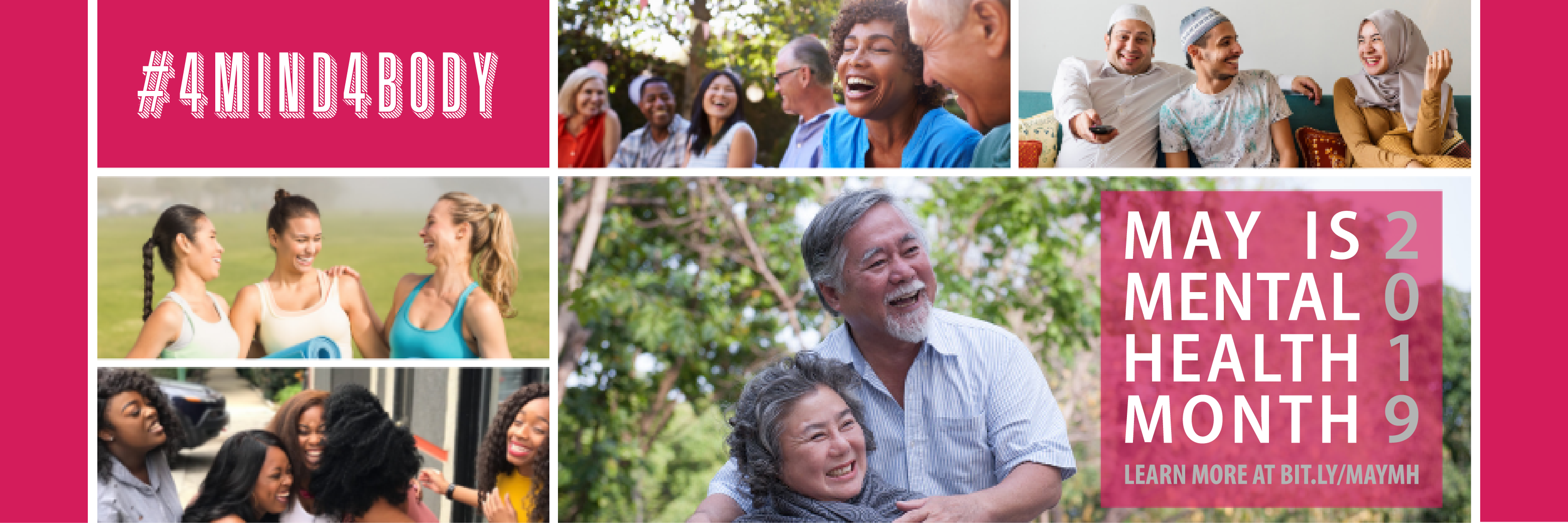As Mental Health Awareness Month comes to a close, employers should know that creating a supportive work environment promoting mental health resources and encouraging employees to take advantage of them leads to a happier, more productive workforce. Approximately 43.8 million Americans — one in five — experience mental illness in a given year. Because mental illnesses often are invisible diseases, seemingly well-adjusted employees may be struggling, unbeknownst to you or your colleagues, and afraid to reach out for help.
Mental illness is one of the top causes of worker disability in the U.S., impacting business productivity more than physical disorders. Mental health conditions are attributed to 62 percent of missed work days, according to a recent report from Unum, a leading provider of employee benefits. And even when employees are at work, mental health conditions can cause workers to have an illness-related reduction in productivity. Those employees “working while hurt” contribute to lost productivity time more than absenteeism and turnover. Serious mental illness costs the U.S. $193.2 billion in lost earnings each year.
Workers believe their managers can spot mental health issues and direct employees to the appropriate resources; 92 percent of employees are confident that managers are properly trained to refer employees to mental health resources. However, only 25 percent of HR professionals believe managers are properly trained and that can contribute to businesses being unsure how to cultivate a supportive work environment.
And cultivating a supportive environment is important, as only 40 percent of adults with a mental illness will receive mental health treatment each year, which is often due to stigma such as the fear of being discriminated against or harassed by colleagues or being ashamed of their diagnosis.
How can businesses promote mental wellness in the workplace? Unum recommends several tips for HR professionals, including:
- Encouraging leadership to demonstrate a focus on mental health awareness;
- Providing training to managers and supervisors on early detection;
- Promoting your employee assistance program (EAP); and
- Avoiding getting caught up in whether an illness is “real.”
Additionally, the U.S. Department of Labor (DOL) has a new resource that employers can use — the Mental Health Toolkit — to both better understand mental health issues and learn how to cultivate a supportive work environment. To develop a mental health-friendly workplace, employers need to focus on the four ”A’s” outlined in the toolkit:
- Awareness: Build awareness and a supportive culture;
- Accommodations: Provide accommodations to employees;
- Assistance: Offer employee assistance; and
- Access: Ensure access to treatment.
And the DOL’s Mental Health Toolkit includes resources to help employers understand the issue; create a mental health-friendly workplace; and model successful programs.
Removing the stigma around mental health is worth it, as 80 percent of employees treated for mental illness report improved levels of work efficacy and satisfaction, according to The Center for Workplace Mental Health. When employees receive effective treatment for mental illnesses, businesses see lower total medical costs, increased productivity, lower absenteeism and decreased disability costs. You can use the center’s mental health calculator to help determine the impact of mental health conditions on your company.
“Employers that understand the importance of providing a supportive environment that empowers these employees are doing what’s right for their employees and for their businesses,” said Deputy Assistant Secretary of Labor for Disability Employment Policy Jennifer Sheehy in a press release.
Katie Culliton, Editor, CalChamber
Of those 43.8 million Americans with a mental health condition, 10.2 million will have a co-occurring mental health and addiction disorder. CalChamber members can read more about Drugs and Alcohol, including drug and alcohol rehabilitation, in the HR Library. Not a member? See what a membership can do for you.





